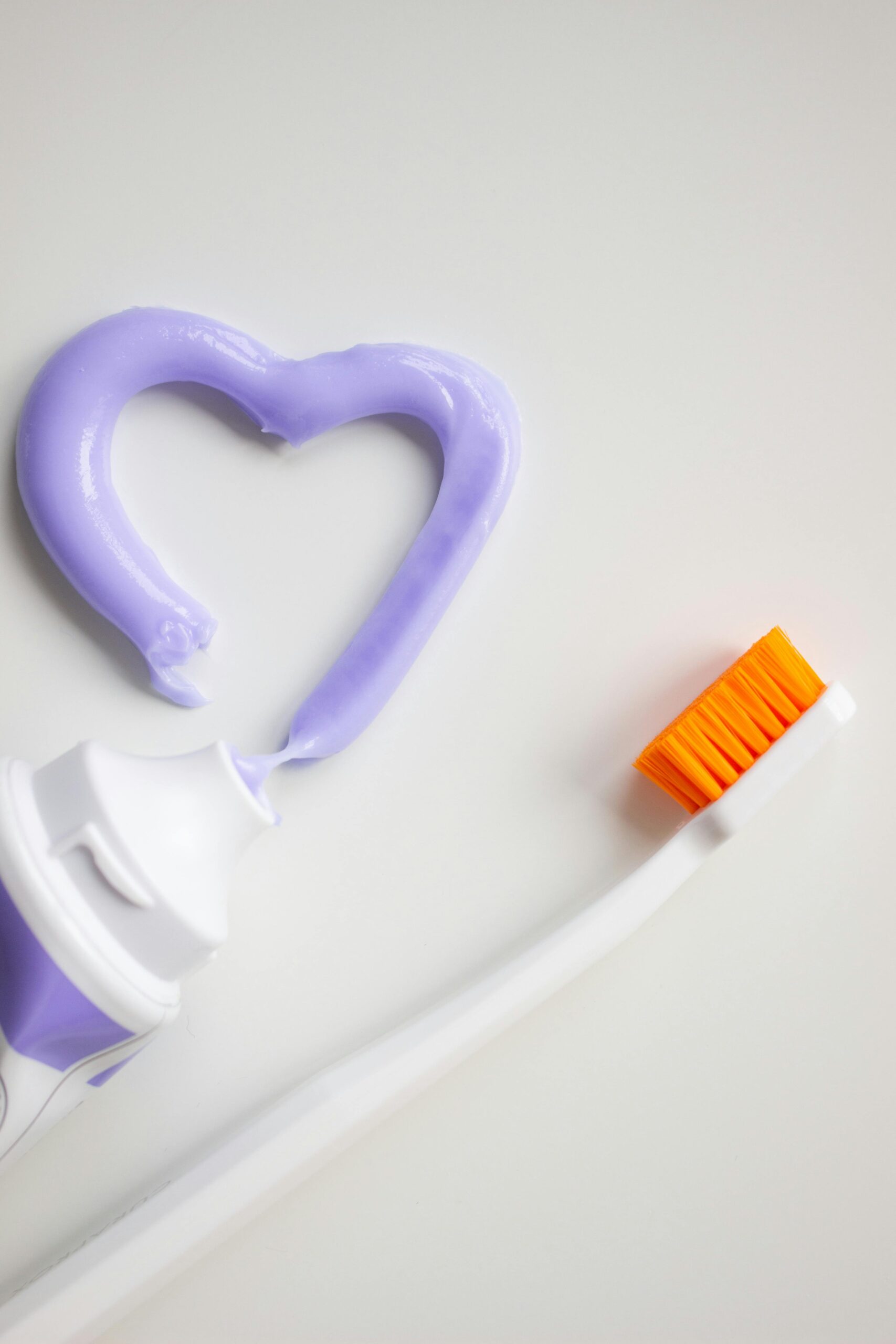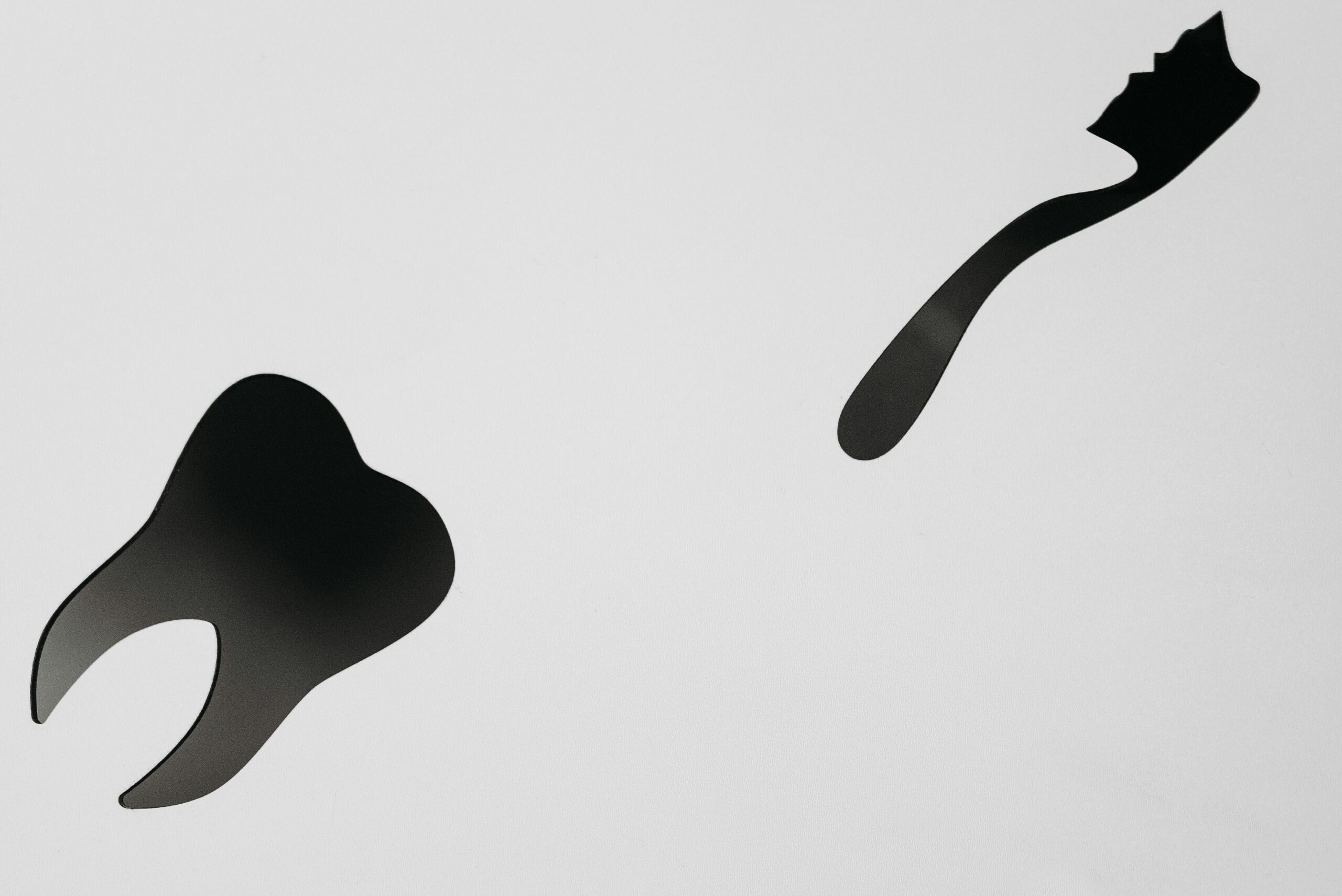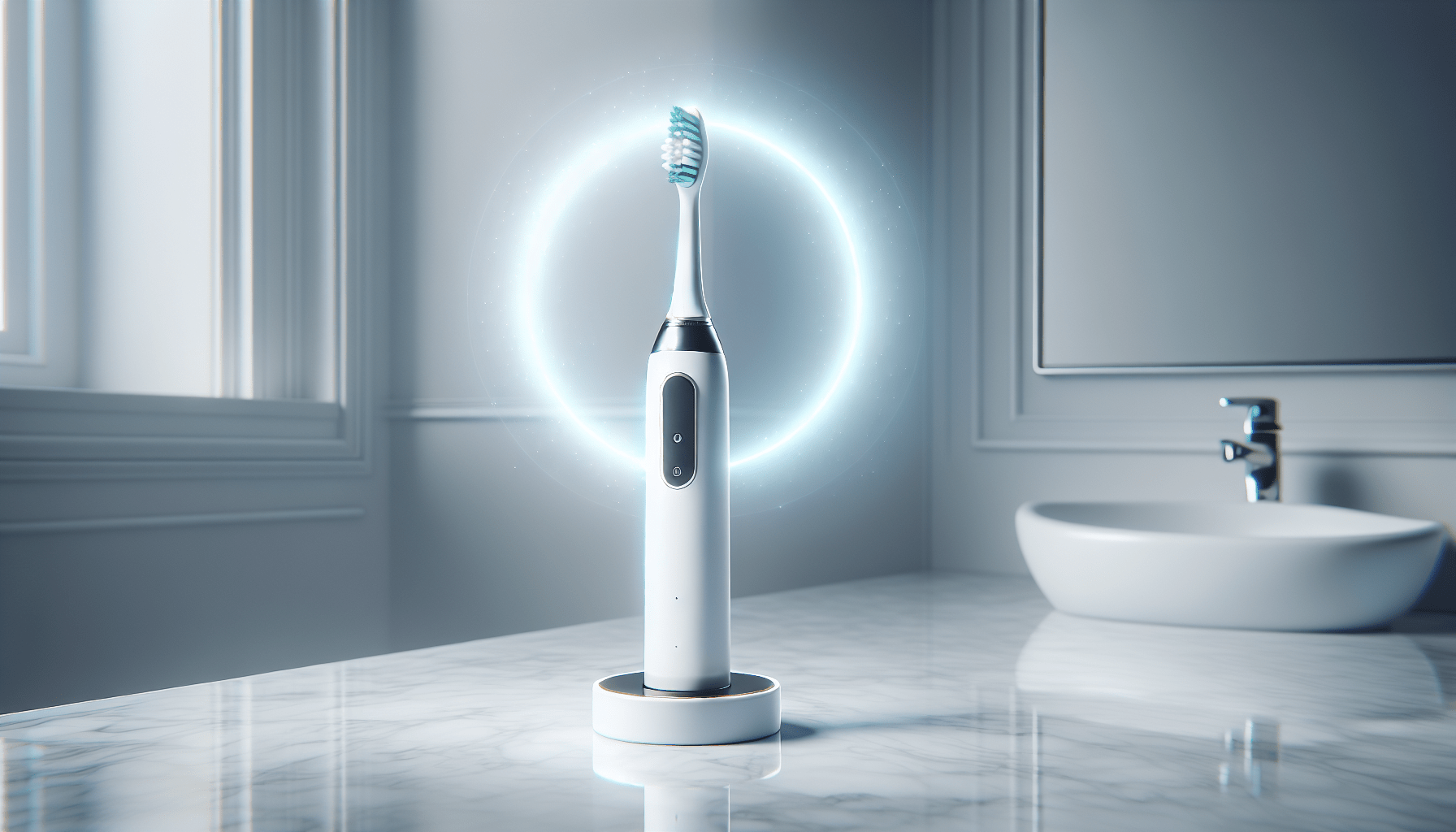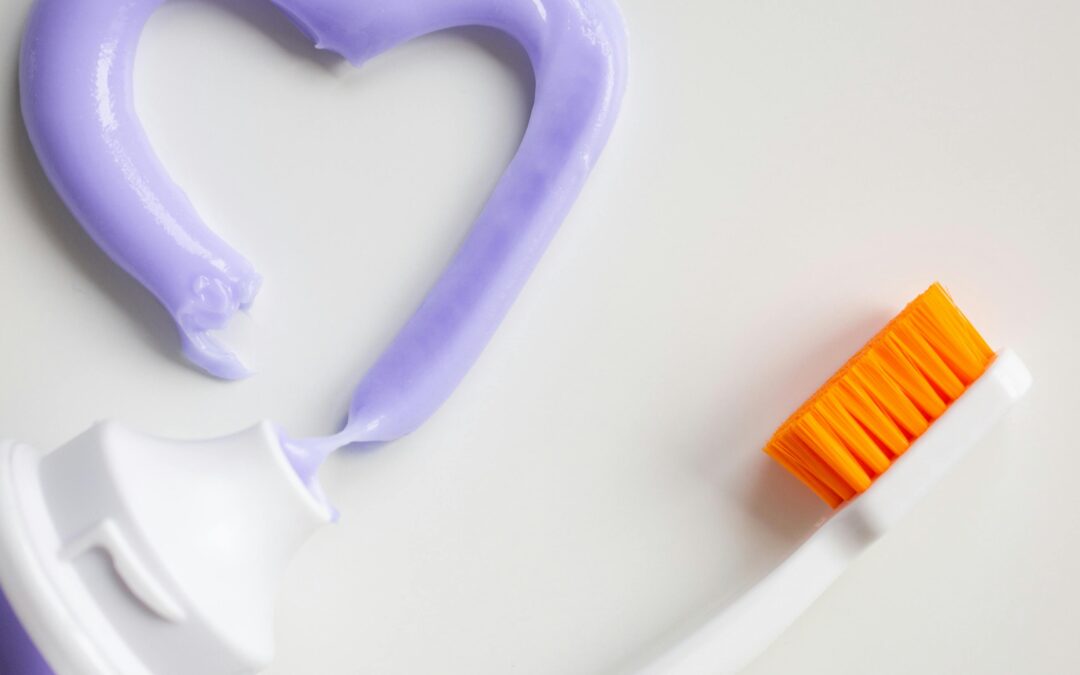Have you ever wondered what steps you can take to improve your oral health quickly? You’re not alone. Maintaining good oral hygiene is essential for overall health and well-being, but many people are unsure of the most effective methods to achieve this. This guide outlines the “Swift Path to Better Oral Health,” offering practical advice that can lead to noticeable improvements in a short amount of time.

The Importance of Oral Health
When it comes to health, your mouth can serve as both a gateway and a mirror. Oral health is intricately linked to the overall well-being of your body. Poor oral hygiene not only leads to cavities and gum diseases but may also have ramifications for your heart, diabetes management, and even pregnancy outcomes. Therefore, understanding and implementing good oral health practices is crucial for your holistic health.
Connection Between Oral Health and Overall Well-being
The first step toward better oral and overall health is recognizing the interdependence between the two. Studies indicate that oral diseases can exacerbate conditions like cardiovascular disease, respiratory infections, and more. Bacteria from your mouth can travel through the bloodstream, contributing to inflammation and infections in other parts of your body.
Early Warning Signs
Early recognition of oral health issues can save time and money, and prevent unnecessary suffering. Signs such as persistent bad breath, bleeding gums, and tooth sensitivity should not be ignored. Addressing these symptoms early can significantly shorten the time needed to restore good oral health.
Fundamentals of Oral Hygiene
Before exploring advanced techniques, it’s vital to master the basics of oral hygiene. These practices form the cornerstone of a swift and effective oral health improvement plan.
Brushing Techniques
Proper brushing removes plaque, a sticky film of bacteria that can lead to tooth decay and gum disease. The American Dental Association (ADA) recommends brushing twice a day with fluoride toothpaste.
- Choose the Right Toothbrush: Opt for a toothbrush with soft bristles. Electric toothbrushes can be more effective in removing plaque.
- Brush Properly: Position your toothbrush at a 45-degree angle to your gums. Use gentle, short strokes for the front and back of your teeth, and vertical strokes for the inner surfaces.
Importance of Flossing
Flossing is an often neglected but essential part of oral hygiene. It removes food particles and plaque from areas where a toothbrush can’t reach.
- Type of Floss: Choose from waxed, unwaxed, flavored, or tape floss based on what feels most comfortable.
- Proper Technique: Use about 18 inches of floss, wrapping it around your middle fingers. Gently slide it between your teeth, moving it up and down against the sides of each tooth.
Mouthwash: Benefits and Selection
Mouthwash can be an effective adjunct to brushing and flossing.
- Antiseptic Mouthwash: Useful for killing bacteria that cause gingivitis and bad breath.
- Fluoride Mouthwash: Helps prevent tooth decay and strengthens enamel.
Look for mouthwashes with the ADA Seal of Acceptance to ensure they meet quality standards.
Diet and Oral Health
Your diet plays a critical role in maintaining oral health. Certain foods and beverages can contribute to tooth decay, while others can promote oral health. Understanding these relationships can help you make instant improvements.
Harmful Foods and Beverages
- Sugary Foods and Drinks: Consuming sugary substances can lead to plaque formation and cavities. Sodas, candies, and even some fruit juices are culprits.
- Acidic Snacks: Foods like citrus fruits and vinegar-based items can erode enamel over time, making teeth more susceptible to decay.
Beneficial Nutrients
- Calcium: Essential for strong bones and teeth. Dairy products, leafy greens, and nuts are excellent sources.
- Vitamin D: Helps in the absorption of calcium. Sunlight, fish, and fortified foods are good sources.
- Phosphorus: Found in proteins like meat, eggs, and fish, it supports calcium in building strong teeth.
Hydration
Drinking water helps wash away food particles and reduces bacteria in your mouth. It also neutralizes acids and is a natural guard against bad breath. Opt for fluoridated water for additional benefits.
The table below summarizes the dietary elements:
| Nutrient | Role in Oral Health | Sources |
|---|---|---|
| Calcium | Strengthens bones and teeth | Dairy, leafy greens, nuts |
| Vitamin D | Aids calcium absorption | Sunlight, fish, fortified foods |
| Phosphorus | Works with calcium | Meat, eggs, fish |
| Water | Cleanses mouth | Fluoridated water |
Regular Dental Visits
You can’t achieve optimal oral health without professional guidance and regular check-ups. Dental visits are essential for preventive care and with modern dental technology, procedures are more comfortable and efficient.
Frequency of Dental Visits
The general recommendation is to visit your dentist at least twice a year. However, the frequency can vary based on your specific needs, such as a history of gum disease or a predisposition to cavities.
What to Expect during a Dental Visit
- Examination: A comprehensive check-up will include an evaluation of your teeth, gums, tongue, and mouth tissues.
- Cleaning: Professional cleaning can remove tartar and plaque build-up that regular brushing and flossing can’t handle.
- X-rays: Occasional X-rays might be needed to detect issues not visible to the naked eye.
When to Go Immediately
If you experience sudden pain, swelling, or other alarming symptoms, don’t wait for your next scheduled visit. Immediate attention can prevent a minor issue from becoming a major problem.

Advanced Techniques
Beyond basic oral hygiene, certain advanced techniques can offer rapid improvements in oral health. These methods often require the guidance of a dental professional but can be highly effective.
Scaling and Root Planing
This deep-cleaning procedure is performed under local anesthesia and is vital for treating gum disease. Scaling removes tartar below the gum line, while root planing smoothens root surfaces, preventing further plaque build-up.
Fluoride Treatments
While fluoride toothpaste is beneficial, professional fluoride treatments offer higher concentrations. These treatments can remineralize weakened enamel, making your teeth more resistant to decay.
Dental Sealants
Dental sealants are thin, protective coatings applied to the chewing surfaces of molars. They act as a barrier against food particles and bacteria, offering an extra layer of protection for your teeth.
Lifestyle Changes for Better Oral Health
Simple changes in your daily habits can make a substantial impact on your oral health.
Quit Smoking
Smoking is detrimental to oral health, contributing to gum disease, tooth loss, and oral cancer. Quitting smoking offers immediate and long-term benefits for your oral health.
Limit Alcohol Consumption
Excessive alcohol consumption can lead to dry mouth and an increased risk of oral cancer. Limiting alcohol intake results in a healthier oral environment.
Stress Management
Stress can manifest in behaviors like teeth grinding, which harm your dental health. Managing stress through techniques like meditation and exercise can reduce these harmful effects.

Tools and Products for Enhanced Oral Health
The market is flooded with numerous tools and products that promise to enhance oral health. However, choosing the right ones can make a substantial difference.
Electric Toothbrushes
Electric toothbrushes are generally more effective in removing plaque and reducing gingivitis than manual toothbrushes. Look for models with timers and pressure sensors to avoid over-brushing.
Water Flossers
Water flossers use a stream of water to remove food particles and plaque from between your teeth and below the gum line. They are especially beneficial for individuals with braces or dental implants.
Toothpaste Selection
Selecting the right toothpaste depends on your specific needs. Options include whitening, sensitivity, and anti-cavity toothpaste. Ensure your toothpaste has fluoride and the ADA Seal of Acceptance.
| Tool/Product | Benefits |
|---|---|
| Electric Toothbrush | More effective in plaque removal |
| Water Flosser | Ideal for hard-to-reach areas and braces |
| Specialized Toothpaste | Tailored solutions for whitening, sensitivity, etc. |
Maintaining Consistency
Consistency is key to any health regimen, and oral health is no exception. Integrating these practices into your daily routine ensures long-lasting results.
Morning Routine
- Brush: Start your day by brushing your teeth to remove overnight plaque build-up.
- Floss: Floss to remove food particles accumulated during sleep.
- Mouthwash: Use a suitable mouthwash for additional protection.
Night Routine
- Brush: Brushing at night removes the day’s accumulation of food particles and bacteria.
- Floss: Floss to clean areas your toothbrush can’t reach.
- Mouthwash: A final rinse with mouthwash can help you go to bed with a clean mouth.
Periodic Reviews
Regularly assess your oral health routine to make necessary adjustments. Consulting with your dental professional can provide additional insights and tweaks to your regimen.

Conclusion
Achieving better oral health is both a swift and attainable goal when you incorporate comprehensive and consistent measures into your daily life. From mastering the basics of brushing and flossing to adopting advanced techniques and making lifestyle changes, each step brings you closer to optimal oral health. By understanding the profound connection between oral health and overall well-being, you pave the way for a healthier future for both your mouth and your body.
This detailed guide offers a path to making quick and impactful improvements in your oral health. Implement these strategies vigilantly, and you’ll soon notice the benefits — not just in your smile but in your overall health and confidence.
